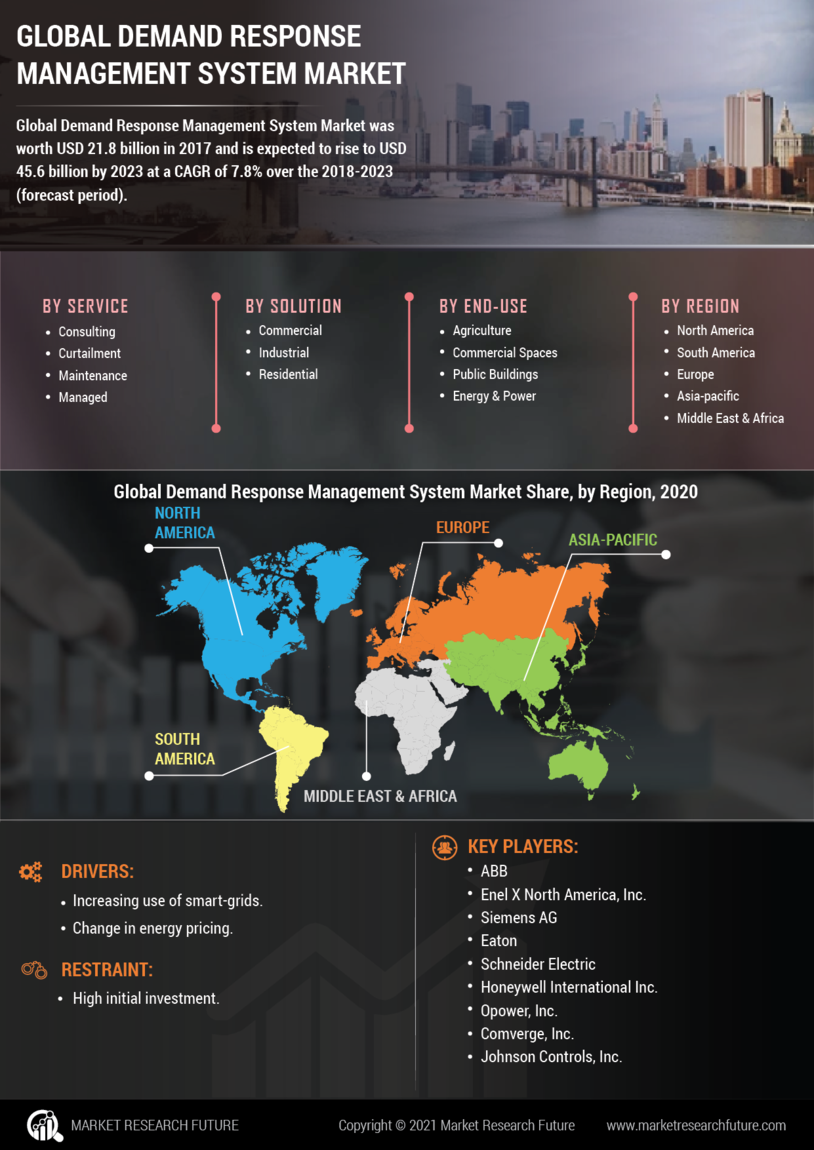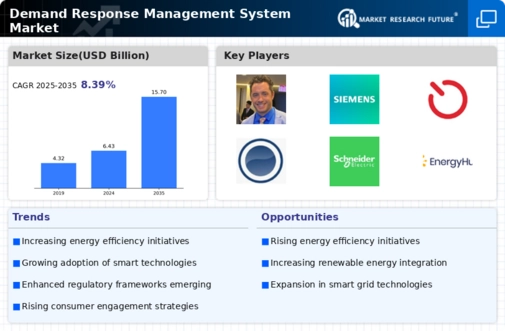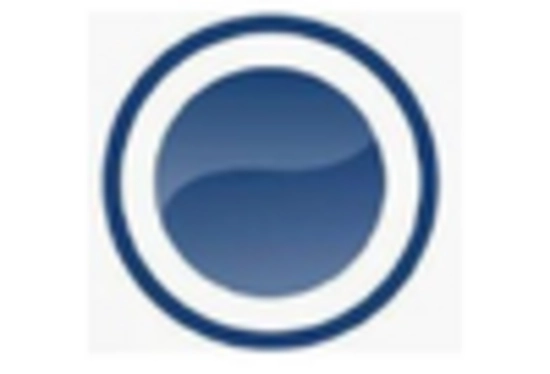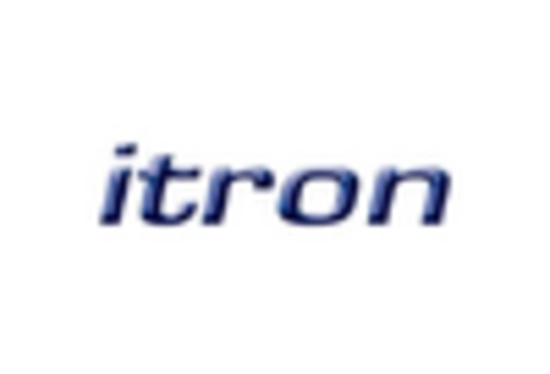The Demand Response Management System Market is currently characterized by a dynamic competitive landscape, driven by the increasing need for energy efficiency and grid reliability. Major players such as Schneider Electric (FR), Siemens (DE), and Honeywell (US) are strategically positioning themselves through innovation and partnerships. Schneider Electric (FR) focuses on integrating advanced analytics and IoT technologies into their solutions, enhancing their appeal in a market that increasingly values digital transformation. Siemens (DE) emphasizes regional expansion, particularly in emerging markets, to capture new customer segments, while Honeywell (US) leverages its extensive portfolio to offer comprehensive energy management solutions, thereby solidifying its market presence. Collectively, these strategies contribute to a competitive environment that is both collaborative and competitive, as companies seek to differentiate themselves through technological advancements and customer-centric solutions.
In terms of business tactics, companies are increasingly localizing manufacturing and optimizing supply chains to enhance responsiveness to market demands. The Demand Response Management System Market appears moderately fragmented, with a mix of established players and emerging startups. This structure allows for a diverse range of solutions, catering to various customer needs while fostering innovation through competition. The collective influence of key players is significant, as they set industry standards and drive technological advancements that shape market dynamics.
In August 2025, Schneider Electric (FR) announced a partnership with a leading utility provider to develop a new demand response platform that utilizes AI to predict energy consumption patterns. This strategic move is likely to enhance Schneider's capabilities in offering tailored solutions that meet the specific needs of utility companies, thereby reinforcing its competitive edge in the market. The integration of AI into demand response systems is expected to improve efficiency and customer satisfaction, aligning with broader industry trends towards digitalization.
In September 2025, Siemens (DE) launched a new suite of demand response tools aimed at industrial clients, focusing on optimizing energy usage during peak demand periods. This initiative not only showcases Siemens' commitment to sustainability but also positions the company as a leader in providing innovative solutions that help businesses reduce their carbon footprint. The strategic importance of this launch lies in its potential to attract environmentally conscious clients, thereby expanding Siemens' market share in the industrial sector.
In July 2025, Honeywell (US) expanded its demand response offerings by acquiring a startup specializing in smart grid technology. This acquisition is indicative of Honeywell's strategy to enhance its technological capabilities and broaden its service portfolio. By integrating smart grid solutions, Honeywell is likely to offer more comprehensive demand response services, which could lead to increased customer loyalty and market penetration.
As of October 2025, current competitive trends in the Demand Response Management System Market are heavily influenced by digitalization, sustainability, and the integration of artificial intelligence. Strategic alliances among key players are shaping the landscape, fostering innovation and collaboration. Looking ahead, it is anticipated that competitive differentiation will increasingly pivot from price-based strategies to a focus on innovation, technological advancements, and supply chain reliability. This shift underscores the importance of adaptability and forward-thinking in a rapidly evolving market.


















Leave a Comment